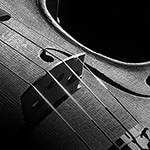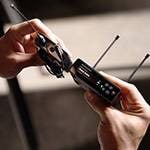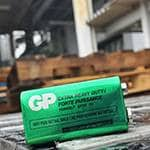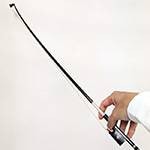Our outrageously big project has finally begun...
I post my articles every month, but in some cases I have to post twice a month.
It’s all up to how much you look forward to reading my posts.
I’ll be writing different articles for different chapters in the series, but I won’t start with the production stage.
There are many things that I need you to understand before I get started, so I’m going to start with an explanation first.
Chapter 1 features the production of a direct box (DI). Oops, I left out ‘highest sound quality’.
A direct box is an electronic device that converts the signal from instruments like guitar and bass (high-impedance, unbalanced signal) to a low-impedance balanced signal.
When the signal from a guitar or bass goes through a long cable, the volume drops, the power becomes weaker, and the treble becomes muddy.
To prevent this from happening, a direct box is an item that can often be seen on stage. The ones with a simple structure are made of a transformer and two input/output jacks, but there are also direct boxes that have complex structures and are crazy expensive.
This time, I would like to build a direct box that all of you can build as long as you take time to do it carefully. I will show you how to equip your box with functions that cannot be found in direct boxes on the market, and most of all, I want to show you how to get breathtaking sound quality.
I stuck to only the parts that I felt were right for me, but you are free to make your own choices except for the ones that are non-negotiables. However, I can’t guarantee that you will get the best sound quality...
1. The Concept for the Sound Quality
I’m looking to recreate the vintage Neve sound.
The presence, heaviness, and the moist texture of the vintage Neve sound are incomparable to any modern direct box.
I’m not looking to recreate it perfectly, but what I want to do is create a unique original sound with a touch of the Neve sound.
RUPERT NEVE DESIGNS / Portico 5017
2. What Parts I’m Intending to Use
I specify the resistor and capacitor, but you are free to use anything you wish.
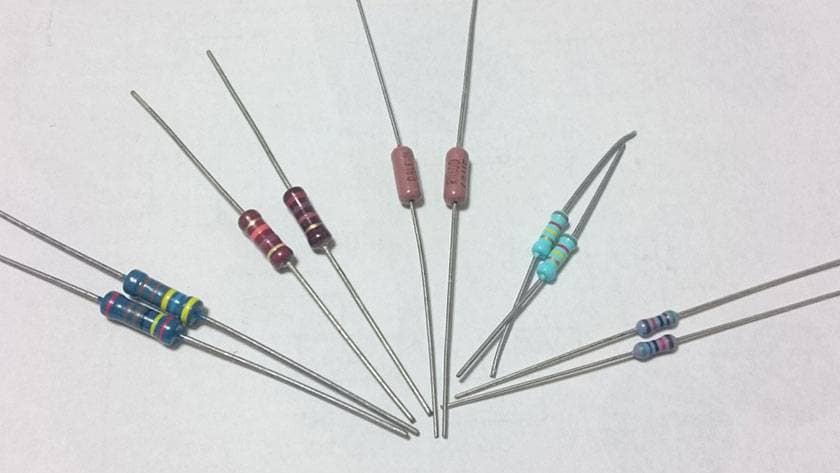
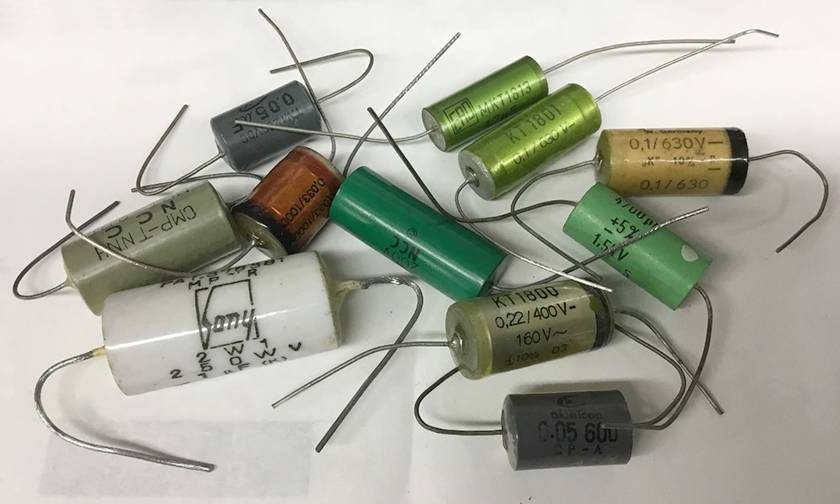
The number of parts has also been reduced to a minimum, so the quality of each part is directly reflected in the sound.
However, please be prepared for the sound to be very different from the sound of the direct box I created.
3. I’m not going to overwhelm you with all the technical talk
I won’t talk about frequency response, RIAA curves, signal-to-noise ratio derived from the noise factor, or anything that might go over anyone’s head.
This is a project to get excited about creating and getting an excellent item.
Disclaimer!
Of course, I'll show some of the circuit devices that are not on the market, but I will often make use of and refer to circuits from various devices.
Please understand that I’m borrowing this sophisticated setup from the great master of the past, with a lot of respect.
Therefore, I would be so glad to know that you are attempting to build your own devices, but please don’t start a business by selling them.
Now, I’m going to explain the features of the direct box that we are going to make.
1.
This is an active direct box.
It can be used not only on stage, but also for recording and streaming scenarios.
I will purposely build an active direct box in order to make it an irreplaceable item for the sound I create myself.
It is also because it wouldn’t be perfect unless it is not an active direct box because I plan to equip it with selectable tones in addition to the raw sound.
These are the reasons why I intentionally chose to make an active direct box.
2.
It is equipped with switchable levels for electric guitar, acoustic guitar with a pickup, and bass guitar respectively.
I originally intended to make a direct box for bass guitar, but I received more demands from guitarists than I expected, especially from acoustic guitarists.
I’m pretty sure that those who use piezo-electric pickups must be disappointed by their low output power.
3.
I will use this extremely luxurious transformer (Made in England)
*The sound is so luxurious but in fact, the price was cheap.
4.
It allows you to select the output sound quality out of several options.
It is unable to convert to a low-impedance balanced output with exactly the same sound quality as the input signal.
If this is the case, I would like to proactively create output sounds other than the normal sound.
It is not possible to choose so many sounds (thicker sound, sound with presence, solid sound, soft sound, smooth sound, etc.), but I intend to select at least two more types of sounds in addition to the normal sound.
Material Selection
The first part you should get is a transformer, which is the heart of this direct box.
This time, I’m going to use a transformer for the line input only.
Oops, now it’s time to stop.
I’m not going to say where I got the parts, but now it should be easy for you to search them online, so please take the time to look for them.
DIY must be enjoyable from the fun shopping for parts and materials, so just have fun without thinking that it is a hassle.
See you in my next post.





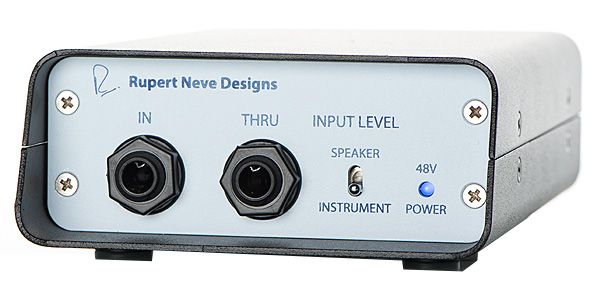
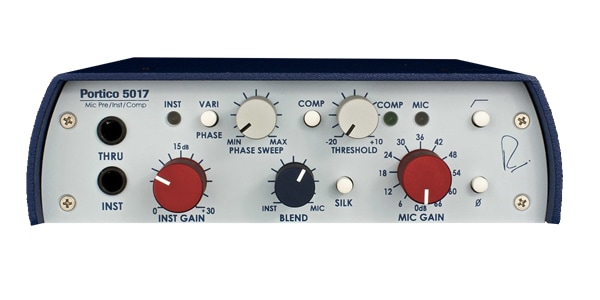




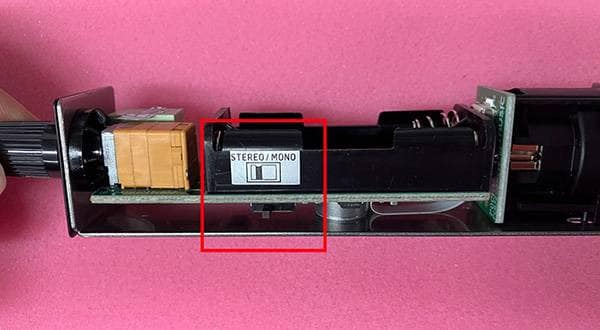
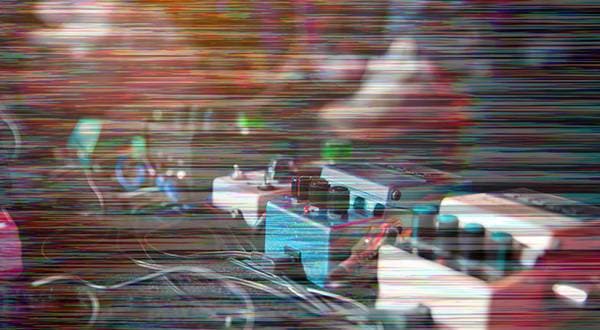
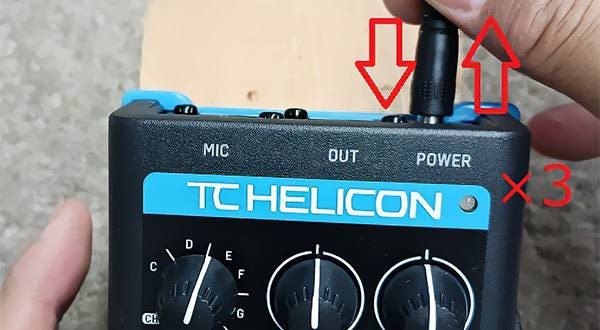
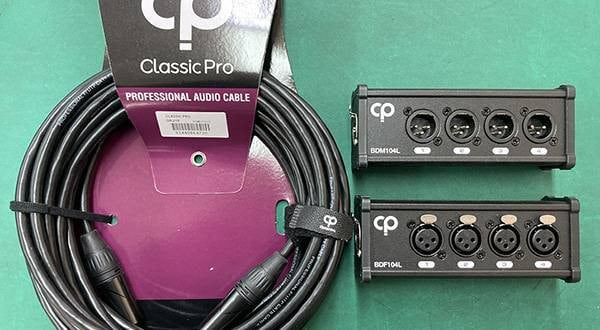
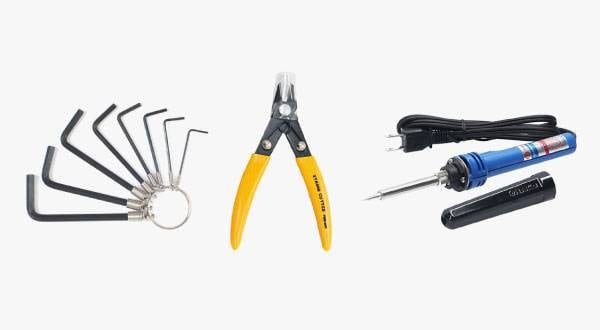


![[PA] First direct box DI](/contents/uploads/thumbs/5/2020/11/20201125_5_11656_1.jpg)
![[2023] Hot Selling DI Boxes!](/contents/uploads/thumbs/2/2019/12/20191220_2_8749_1.jpg)

 ポータブルPAシステム特集
ポータブルPAシステム特集
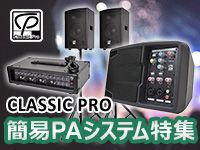 CLASSIC PRO 簡易PAシステム特集
CLASSIC PRO 簡易PAシステム特集
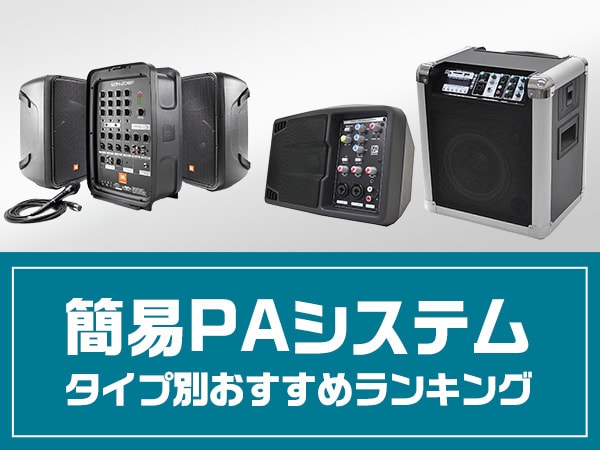 簡易PAシステム タイプ別おすすめランキング
簡易PAシステム タイプ別おすすめランキング
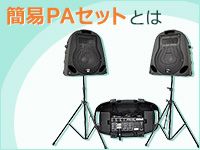 簡易PAセットとは
簡易PAセットとは
 ライブをしよう!
ライブをしよう!
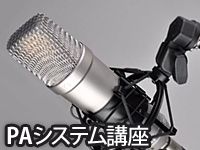 PAシステム講座
PAシステム講座
